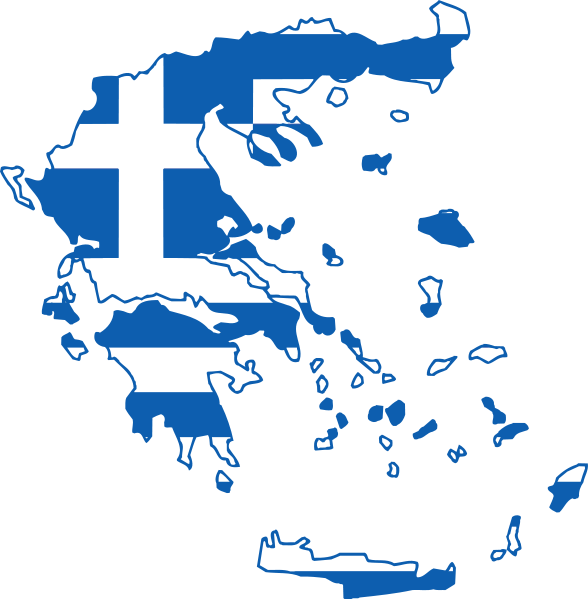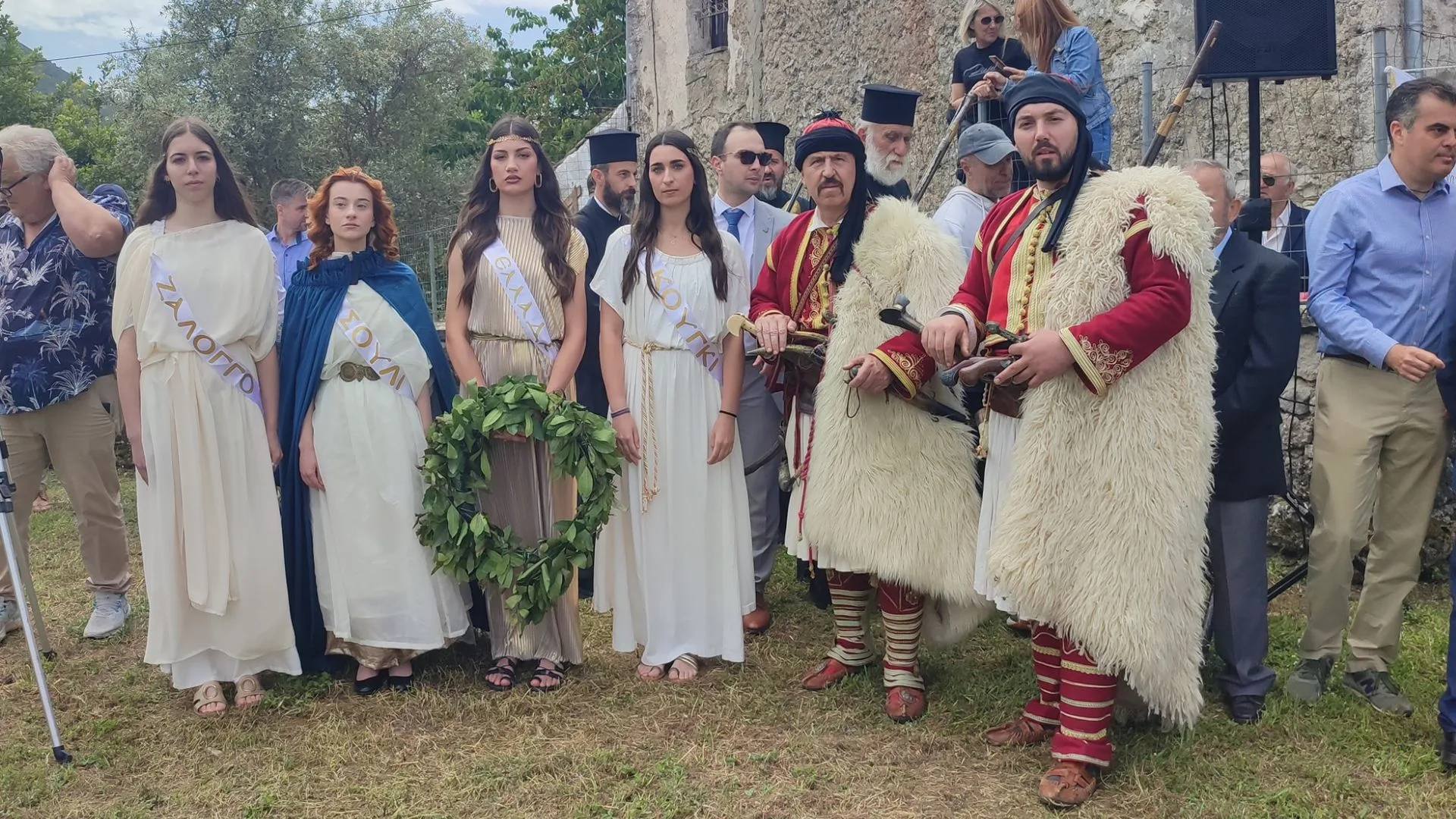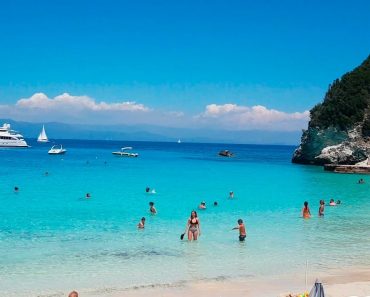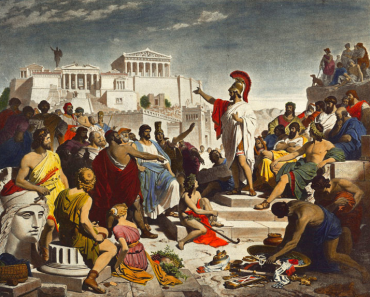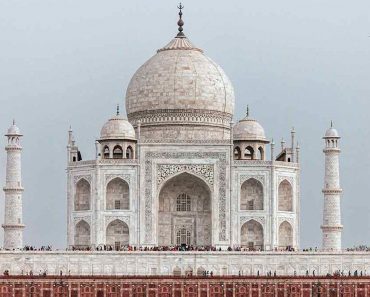A recent decision by an Egyptian court regarding ownership rights for the famous Greek Orthodox monastery at the foot of Mount Sinai has generated controversy and as much confusion around one of Christendom’s most iconic religious communities.
The 1,600-year-old monastery – the world’s oldest continuously-inhabited Christian monastery – is said to house the burning bush from the Old Testament when Moses received his first instruction from God to lead the Israelites out of Egypt.
Following a May 28 decision by an Egyptian court, which reportedly denied ownership rights to the fabled “God-trodden” Greek Orthodox monastery – granting only “usage rights over its properties and surrounding lands” – the monks of the historic Saint Catherine’s Monastery have closed its gates to all visitors in protest of the court ruling, reports The Greek Herald.
It notes Ecumenical Patriarch of Constantinople Bartholomew as describing the court ruling as a “painful surprise” and having urged Egyptian President Abdel Fattah El-Sisi to uphold the monastery’s traditional ownership.
“The Ecumenical Patriarchate appeals to the Egyptian government to preserve the monastery’s ownership status – an arrangement that Islam itself has respected and safeguarded for centuries – and to implement the recent agreement reached with the monastery,” the Patriarch said in a statement, according to The Greek Herald.
GB News reports that the court’s decision “brings to a troubling conclusion what sources describe as a protracted legal offensive by the Egyptian state against the monastic community”.
It reports that Greek Orthodox Archbishop Ieronymos of Athens and All Greece issued an unequivocal condemnation of the decision, expressing his “immense sorrow and his justifiable anger”.
In his statement, the archbishop called upon “the responsible Greek government, and personally upon Prime Minister Kyriakos Mitsotakis, to take immediate and appropriate action to restore lawful order and ensure that the Holy Monastery is not effectively abolished”.
He also called for immediate mobilisation from “every Greek and every international authority”, stressing that “the property of the monastery is being seized and confiscated, and this spiritual Lighthouse of Orthodoxy and Hellenism is now facing a question of real survival”.
The Greek Herald notes that while Egypt’s Ministry of Foreign Affairs dismissed the threat to the monastery as simply “rumour”, it confirmed that contracts had been signed to designate areas surrounding the monastery as nature reserves.
Officials with the ministry reportedly stated that the monastery’s monks retain access and usage rights. But, according to The Greek Herald, the court ruling implies that the site is now considered state property – thereby “ending its autonomous legal status”.
It also reports that the Greek Foreign Ministry’s spokesperson, Lana Zohiou, has confirmed that diplomatic discussions are underway as a result of the court’s decision.
“There is no room for deviating from the common understanding,” Zohiou said, referring to prior agreements between Greece and Egypt reaffirming the monastery’s sacred character.
Previous negotiations between the monastery’s legal representative, Archbishop Damianos, and South Sinai Governor Khaled Bakri, had produced a draft agreement recognising the monastery’s ownership. However, the agreement was never signed, leaving the door open to the unfavourable ruling, states The Greek Herald. It reports that a Greek delegation is expected in Cairo this week.
According to The Greek Reporter, though, Egypt has “reaffirmed its unwavering commitment to safeguarding the Monastery of Saint Catherine of Sinai, emphasising that a recent court ruling has further solidified its protected status”.
It adds: “Cairo said that the court ruling, which was mistakenly interpreted as a prelude to the seizure and closure of the world’s oldest continuously functioning Christian monastery, does the exact opposite: it safeguards its future.”
A spokesperson for the Egyptian Ministry of Foreign Affairs is reported as saying: “The Monastery of Saint Catherine and its historic sites remain completely unaffected. Its religious and archaeological significance, along with its cemetery, remain fully intact.”
This spokesperson also reportedly highlighted that this legal ruling marks the first formal recognition and assurance of the monastery’s sanctity, and that while contracts have been signed for nearby areas to be designated as nature reserves, the court has upheld the monks’ rights to access and use these religious and archaeological sites to preserve their spiritual significance, states The Greek Reporter.
The spokesperson is reported to have also emphasised that those areas designated as state land due to a lack of valid ownership documents are located far from inhabited regions and have no impact on the monastery.
The Greek Reporter goes on to say that the spokesperson emphasised the importance of accuracy and avoiding premature conclusions, instead giving “careful consideration of the court’s decision”. It adds that the spokesperson also underscored Egypt’s dedication to maintaining its deep historical ties with Greece, while urging respect for these enduring relations.
In a related statement, according to the Reporter, the Egyptian Presidency reiterated its full commitment to preserving the unique and sacred status of the Monastery of Saint Catherine, while echoing how the court’s decision strengthens this commitment.
This reaffirms, the Reporters says, “the stance articulated by President Abdel Fattah Al-Sisi during his recent visit to Athens on May 7, emphasising the importance of nurturing the longstanding fraternal relations between Egypt and Greece”.
The monastery was founded 15 centuries ago by the Byzantine Emperor Justinian, and “despite numerous historical upheavals, it has miraculously endured,” states the Reporter.
Located about 400 kms southeast of Cairo in the Sinai Peninsula, the monastery was visited in 2000 by Pope John Paul II during a three-day visit to Egypt.

Photo: An Egyptian Beduin walks with his camel outside the walls of Saint Catherine’s Monastery in the Sinai Peninsula, Egypt, 24 February 2000. (Photo by ANDRE DURAND/AFP via Getty Images.)
![]()
